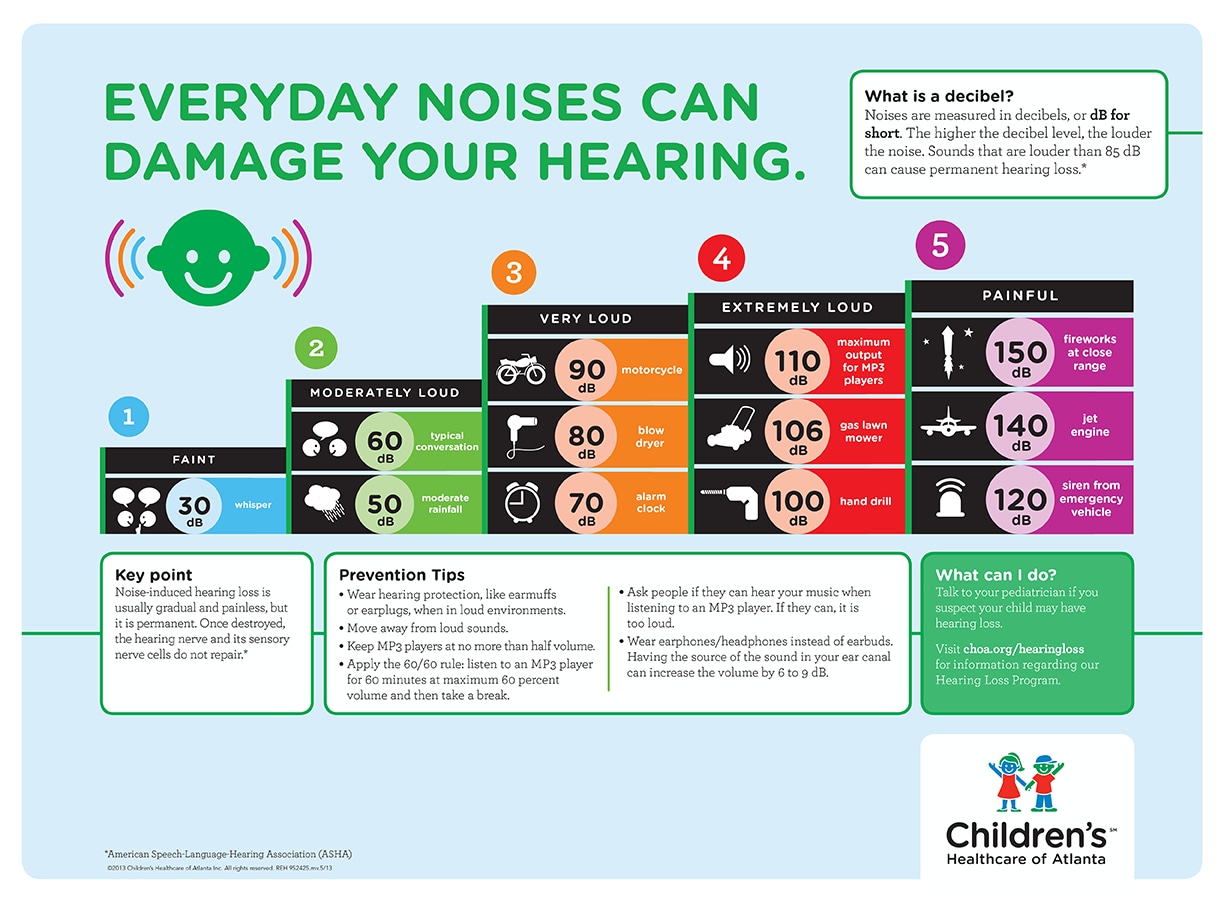Dyslexia Tutoring: Techniques And Techniques For Reliable Knowing
Dyslexia Tutoring: Techniques And Techniques For Reliable Knowing
Blog Article
Short Article Produced By-Lillelund Kline
If you're working with a pupil that has dyslexia, you recognize just how vital it is to adopt the right strategies. Customizing your strategy to fit their unique requirements can make a considerable distinction in their learning trip. By incorporating multisensory methods and structured proficiency programs, you can help them develop vital abilities. But what particular methods can you implement to absolutely promote their self-confidence and development? Let's explore these effective strategies together.
Understanding Dyslexia and Its Influence On Knowing
Recognizing dyslexia is critical since it affects how individuals discover and process information. If you or someone you know has dyslexia, you'll notice obstacles with reading, spelling, and creating. https://onlinelibrary.wiley.com/doi/full/10.1111/cns.13769 isn't a reflection of intelligence; it's about exactly how the mind interprets language.
You could have problem with phonemic understanding, making it tough to link audios to letters. This can result in irritation and decreased self-confidence in academic atmospheres. Acknowledging these patterns is necessary for developing helpful knowing experiences.
free act practice tests 'll discover that early intervention and tailored strategies can dramatically improve outcomes. By understanding math tutoring for high school students discovering, you can foster a much more comprehensive ambience, aiding those impacted prosper and realize their full possibility.
Reliable Tutoring Techniques for Dyslexic Pupils
Identifying the difficulties dyslexic pupils deal with unlocks to efficient tutoring methods that can make an actual distinction in their knowing journey.
First, utilize multisensory approaches; integrate aesthetic, acoustic, and kinesthetic techniques to involve them fully. Integrate structured proficiency programs, concentrating on phonics, phonemic recognition, and vocabulary.
Break down jobs right into smaller, convenient steps to stay clear of frustrating them. Urge constant practice and rep, strengthening discovering without stress. Use favorable support to enhance their self-confidence and motivation.
Tailor your techniques to their special strengths, and hold your horses as they proceed. Last but not least, preserve open communication with parents to support their understanding at home.
Developing a Supportive Understanding Setting
Creating a helpful knowing environment is important for assisting dyslexic pupils prosper. Beginning by guaranteeing the space is quiet and devoid of interruptions, enabling them to focus completely on their jobs.
Use adaptable seating setups that advertise comfort and engagement. Incorporate aesthetic aids and hands-on materials to strengthen learning concepts, accommodating their distinct processing styles.
Motivate open interaction, so students feel risk-free expressing their struggles and requesting for aid. Celebrate their successes, despite exactly how tiny, to improve their confidence.
Develop a regular to provide structure, which can lower anxiety. Lastly, foster cooperation with peers, as social communication can enhance discovering and offer emotional support.
Your initiatives will certainly create a nurturing atmosphere that promotes growth and durability.
Conclusion
To conclude, effectively coaching a dyslexic trainee requires a mix of understanding, tailored techniques, and a supportive environment. By utilizing multisensory strategies and organized literacy programs, you can assist enhance necessary abilities and boost confidence. Remember to maintain interaction open, break tasks into smaller sized actions, and commemorate progression, no matter just how tiny. With your devotion and the right technique, you can make a considerable distinction in their scholastic trip and general well-being.
